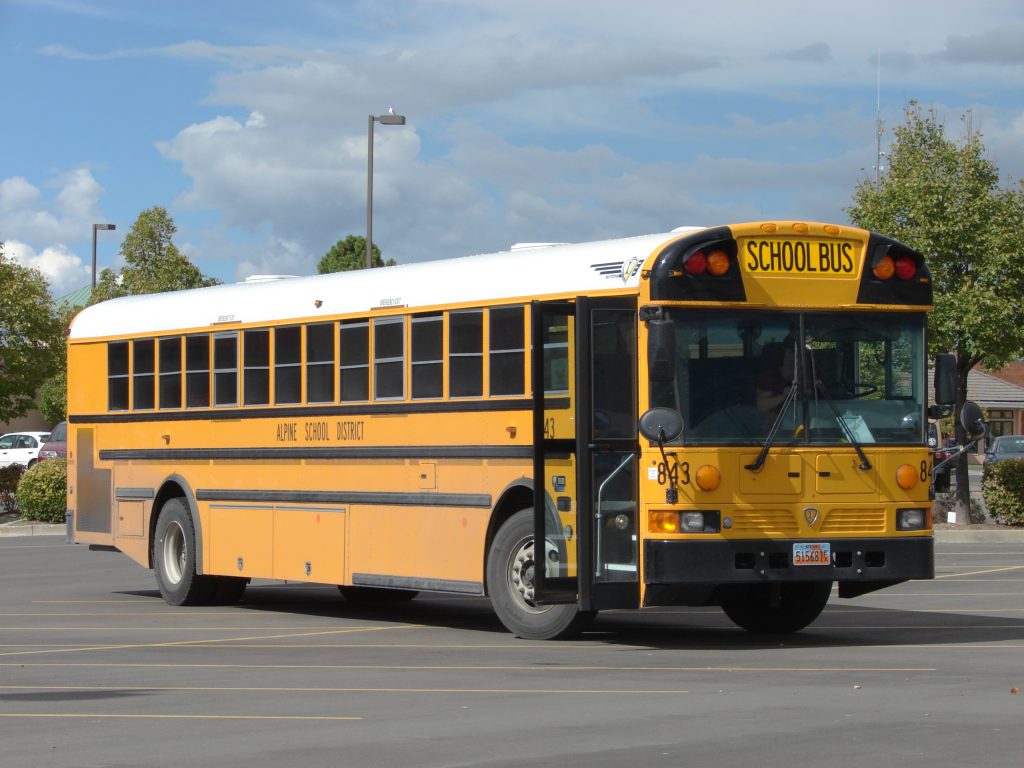
Riding a school bus is generally known to be a safer option than riding in a vehicle. The National Highway Traffic Safety Administration, or NHTSA, believes that school transportation vehicles should be as safe as possible. This is why NHTSA safety standards for school buses are specifically regulated and designed to be safe.
Are School Buses Safe for My Child?
- Design. School buses are specifically designed so that they’re highly visible and have certain safety features, such as flashing red lights, cross-view mirrors and stop signs. Most school buses also have protective seating, high crush standards and roll over protections. NHTSA uses a concept called “compartmentalization,” which allows the inside of large school buses to protect children without the need for seat belts. With compartmentalization, your children can be better protected from crashes by strong, closely-spaced seating that has special energy-absorbing seat backs. Compartmentalization, however, cannot fully protect against rollover crashes or side impacts, and NHTSA has started to reconsider the use of seat belts. Small school buses are required to have lap or shoulder belts for all seats, since the smaller size and weight pose a larger injury risk during a crash.
- Legal protection. Federal laws protect students who are getting on and off a school bus by prohibiting drivers to pass a school bus during the pick up or drop off process. This is regardless of the direction of approach and breaking these laws can result in heavy fines for drivers.
- Driver training. School bus drivers are required to receive proper training related to the specific rules regarding bus safety. Drivers are expected to always follow the speed limit and to slow down in school zones and near bus stops.
If your child has been injured in a school bus-related accident due to someone else’s negligence, your family could possibly seek compensation. Contact James W. Sutton III today to speak to a qualified legal representative.